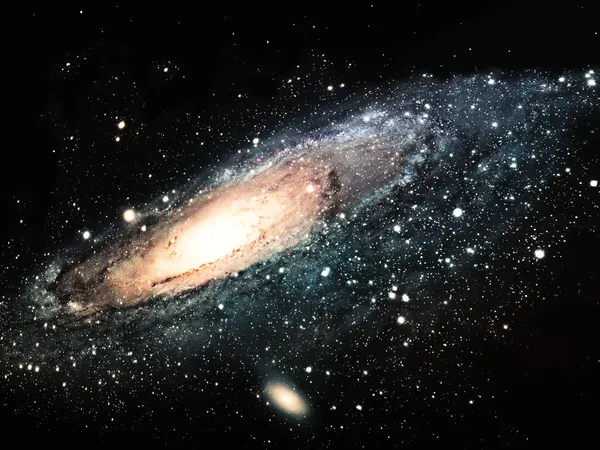
On March 8, 2024, an article has been published in the world's leading astrophysical journal, The Astrophysical Journal*, by Belarusian scientists of the Center of Quantum Optics and Quantum Information of the Institute of Physics named after B.I. Stepanov of the NAS of Belarus, which reports on the largest sources of antimatter in the universe.
Mikalai Prakapenia and Gregory Vereshchagin showed that such sources are surprisingly compact neutron or quark stars, with a diameter of ten kilometers, one hundred thousand times smaller than the diameter of the Sun. Born as a result of gravitational compression, these superdense astronomical dwarfs push out electrons, creating a layer (coat) of electrons around them, thereby ensuring their electroneutrality. At the same time, the intensity of the electric field created by this layer of electrons is gigantic, 1018 volts /meter, exceeding hundreds of billions of times the magnitude of the electric field strength during a thunderstorm discharge in the Earth's atmosphere. In such super-strong fields, antimatter in the form of positrons and matter in the form of electrons are born from the vacuum.
The possibility of this process was predicted back in 1951 by one of the founders of quantum electrodynamics, Julian Schwinger, who received the Nobel Prize in Physics in 1965. However, it was not clear in which objects and with what power antimatter is created.
Computer modeling carried out by Belarusian scientists made it possible to estimate the number of pairs produced by young neutron and quark stars. This result allows us to understand the nature of luminosity and the mechanisms of energy release of such astrophysical phenomena as cosmological gamma-ray bursts and soft repetitive gamma-ray bursts, which not only determine the overall picture of our Universe, but also affect biological processes on Earth, being one of the sources of mutations in DNA. This work is the first publication by Belarusian scientists in The Astrophysical Journal, which has been published since 1895.
At the request of the authors of the article, the publication date agreed by the editorial board of the journal is timed to coincide with the 110th anniversary of the outstanding physicist, academician Yakov Borisovich Zeldovich, who was born in Minsk on March 8, 1914. Academician Zeldovich's scientific activity was related to the combustion and explosion physics, he was one of the leading developers of the first nuclear charge. In 1939–1941, together with Yulii B. Khariton, he calculated the kinetics of the fission chain reaction in uranium. Three times Hero of Socialist Labor, winner of the Lenin and four State Prizes of the USSR. After finishing his work in the Soviet atomic project, Zeldovich decided to apply his vast experience in another scientific field: cosmology and astrophysics. In 1964, Yakov Zeldovich and the American astrophysicist Edwin Salpeter independently put forward the idea, generally accepted today, that the energy source of quasars is accretion disks around supermassive black holes. Together with his student Rashid Sunyaev, he created the theory of scattering of relic radiation by electrons and predicted a new effect, which was later called the Sunyaev-Zeldovich effect. Zeldovich, along with his students, wrote a number of monographs on the theory of the evolution of the Universe, the structure of stars and relativistic astrophysics.